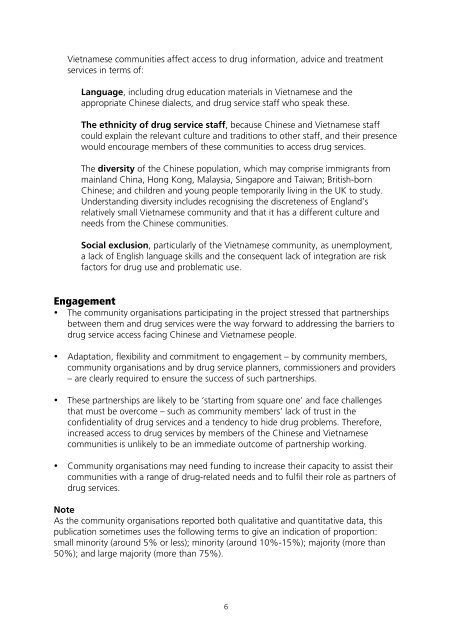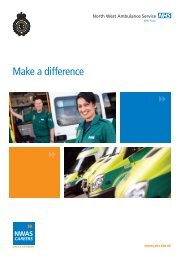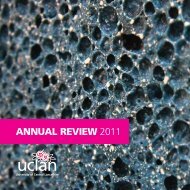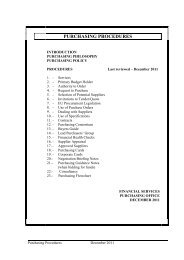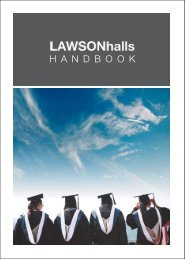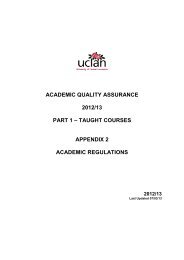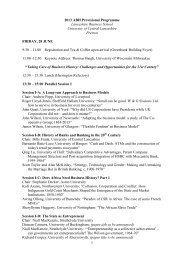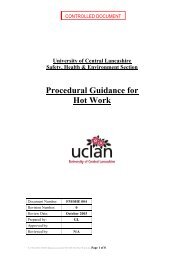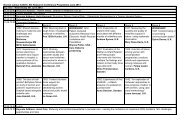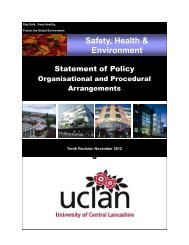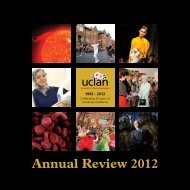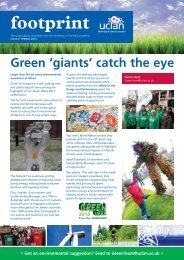5 Chinese Vietnamese Final - National Treatment Agency for ...
5 Chinese Vietnamese Final - National Treatment Agency for ...
5 Chinese Vietnamese Final - National Treatment Agency for ...
Create successful ePaper yourself
Turn your PDF publications into a flip-book with our unique Google optimized e-Paper software.
<strong>Vietnamese</strong> communities affect access to drug in<strong>for</strong>mation, advice and treatment<br />
services in terms of:<br />
Language, including drug education materials in <strong>Vietnamese</strong> and the<br />
appropriate <strong>Chinese</strong> dialects, and drug service staff who speak these.<br />
The ethnicity of drug service staff, because <strong>Chinese</strong> and <strong>Vietnamese</strong> staff<br />
could explain the relevant culture and traditions to other staff, and their presence<br />
would encourage members of these communities to access drug services.<br />
The diversity of the <strong>Chinese</strong> population, which may comprise immigrants from<br />
mainland China, Hong Kong, Malaysia, Singapore and Taiwan; British-born<br />
<strong>Chinese</strong>; and children and young people temporarily living in the UK to study.<br />
Understanding diversity includes recognising the discreteness of England’s<br />
relatively small <strong>Vietnamese</strong> community and that it has a different culture and<br />
needs from the <strong>Chinese</strong> communities.<br />
Social exclusion, particularly of the <strong>Vietnamese</strong> community, as unemployment,<br />
a lack of English language skills and the consequent lack of integration are risk<br />
factors <strong>for</strong> drug use and problematic use.<br />
Engagement<br />
• The community organisations participating in the project stressed that partnerships<br />
between them and drug services were the way <strong>for</strong>ward to addressing the barriers to<br />
drug service access facing <strong>Chinese</strong> and <strong>Vietnamese</strong> people.<br />
• Adaptation, flexibility and commitment to engagement – by community members,<br />
community organisations and by drug service planners, commissioners and providers<br />
– are clearly required to ensure the success of such partnerships.<br />
• These partnerships are likely to be ‘starting from square one’ and face challenges<br />
that must be overcome – such as community members’ lack of trust in the<br />
confidentiality of drug services and a tendency to hide drug problems. There<strong>for</strong>e,<br />
increased access to drug services by members of the <strong>Chinese</strong> and <strong>Vietnamese</strong><br />
communities is unlikely to be an immediate outcome of partnership working.<br />
• Community organisations may need funding to increase their capacity to assist their<br />
communities with a range of drug-related needs and to fulfil their role as partners of<br />
drug services.<br />
Note<br />
As the community organisations reported both qualitative and quantitative data, this<br />
publication sometimes uses the following terms to give an indication of proportion:<br />
small minority (around 5% or less); minority (around 10%-15%); majority (more than<br />
50%); and large majority (more than 75%).<br />
6


